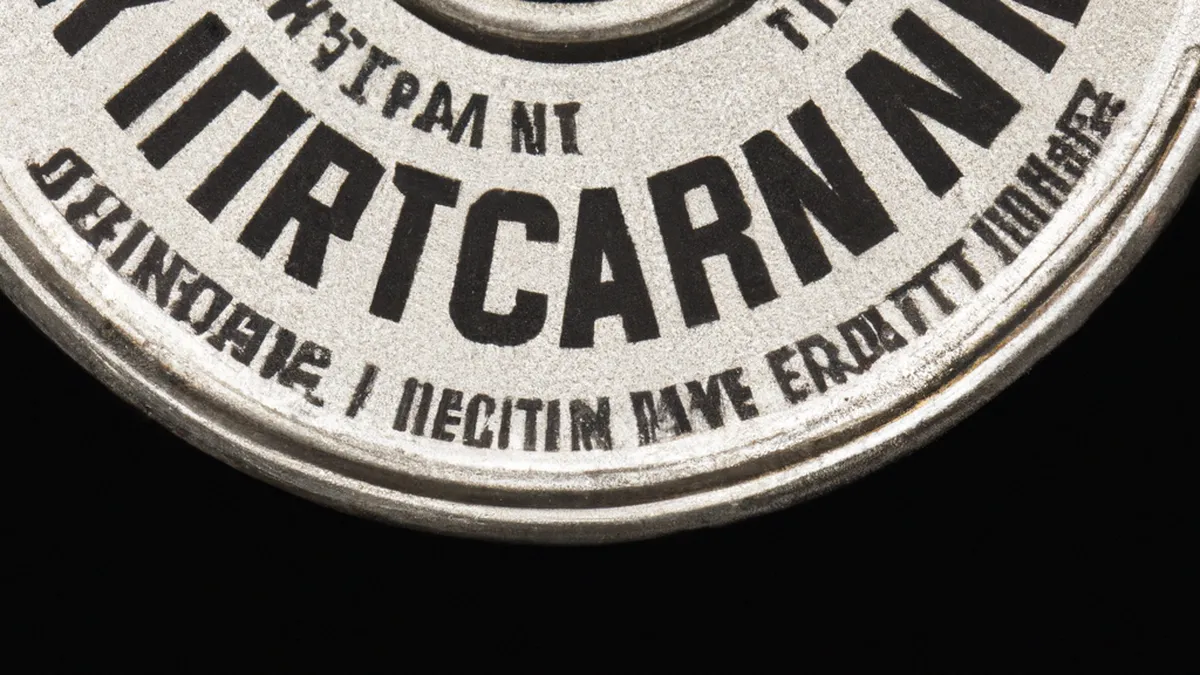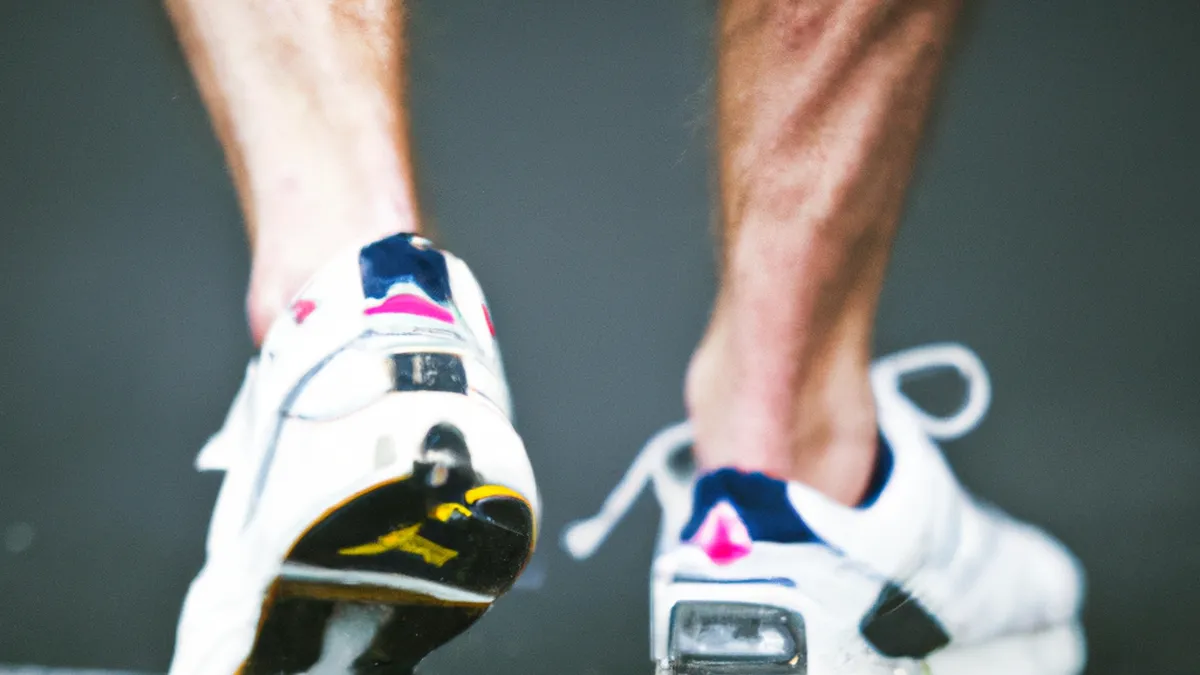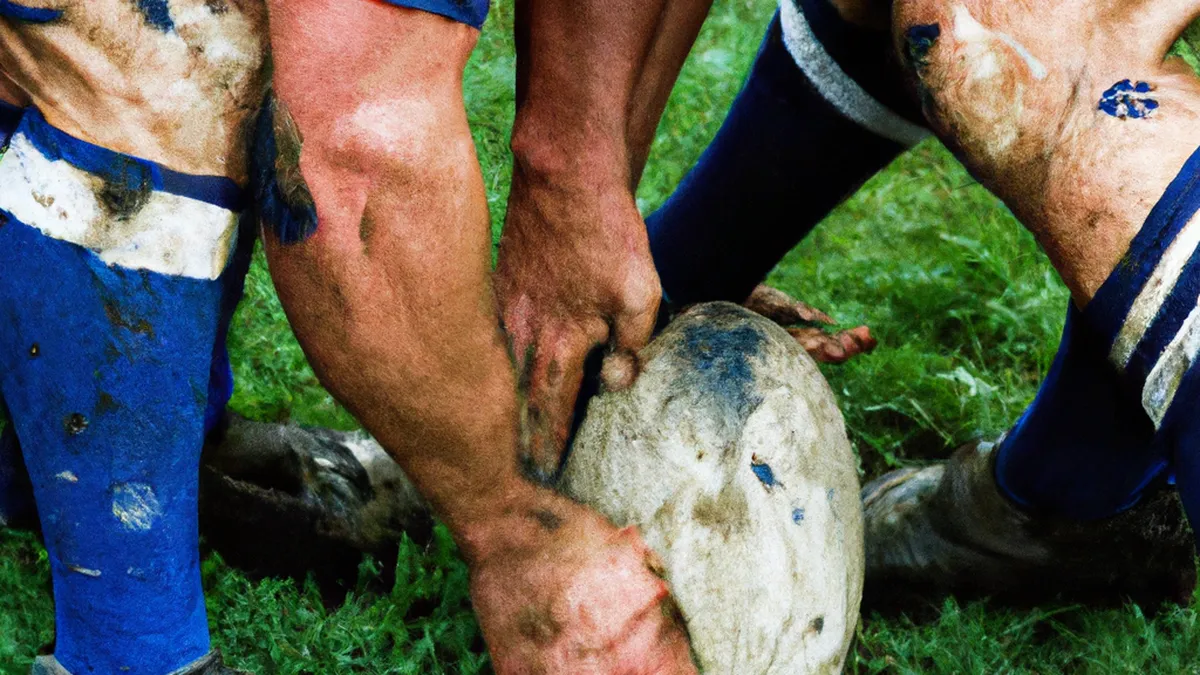Beginners vs. Experts: Serve Technique Showdown
Exploring the Differences Between Junior and Adult Serve Techniques
Serving in tennis is crucial. It sets the tone for matches. Junior and adult players often use different serving techniques. Understanding these differences helps players of all ages improve. This blog post explores key distinctions between junior and adult serve techniques. We also provide tips for both levels.
Key Differences in Technique
Grip Variations
The grip significantly impacts serving. Juniors often use the Eastern grip. This grip generates power without complicating technique. Adults frequently prefer the Continental grip. This grip offers better spin and control. Juniors feel comfortable with simpler grips, while adults benefit from the Continental grip’s versatility.
Stance and Positioning
Stance also varies between juniors and adults. Junior players typically adopt a more open stance. This position allows them to focus on their swing. Adults often use a more closed stance. This stance provides stability and power. Adjusting their stance enhances players’ serving techniques and effectiveness.
Ball Toss Height
The ball toss height affects serve quality. Juniors usually toss the ball lower, limiting power and spin. They often focus on getting the ball in play. Adult players typically toss the ball higher. This height improves angles and power. A higher toss gives players time to prepare for their swing. Juniors should consider adjusting their toss height for improvement.
Tips for Improving Serve Techniques
Focus on Grip
To enhance serving skills, players should start with their grip. Juniors can experiment with various grips for comfort. Adults should consistently practice the Continental grip. This practice helps develop a more versatile serve.
Work on Stance
Players should pay attention to their stance. Juniors can practice switching between open and closed stances. This practice helps them feel comfortable in different situations. Adults should maintain balance and stability in their closed stance. A solid stance leads to a more powerful serve.
Practice Ball Toss
Improving the ball toss is essential for juniors and adults. Juniors can practice tossing the ball higher for power. Adults should ensure their toss remains consistent. A good toss sets the stage for a successful serve.
Advice for Players at Both Levels
Consistency is Key
Both junior and adult players should prioritize consistency. Regular practice builds muscle memory. Familiarity with techniques leads to better serves. Set aside time each week for serving drills.
Seek Feedback
Receiving feedback from coaches or experienced players proves invaluable. Juniors benefit from guidance on grip and technique. Adults find tips on power and spin helpful. Constructive criticism accelerates improvement.
Mental Focus
Serving involves both physical and mental skills. Players should work on their mental game. Visualization techniques boost confidence during matches. Taking a moment to breathe before serving enhances performance.
Benefits of Understanding Differences
Understanding the differences between junior and adult serve techniques allows players to adapt their training. Juniors build a strong foundation for their game. This foundation supports their growth and development. Adults refine their techniques to maximize potential on the court.
Recognizing these differences fosters respect among players. Juniors appreciate the challenges adults face. Adults acknowledge juniors’ unique strengths. This mutual understanding promotes a positive atmosphere on the court.
Conclusion
Serving techniques vary significantly between junior and adult players. Grips, stances, and toss heights differ and impact performance. Both groups can improve by focusing on their techniques. Practicing consistently, seeking feedback, and honing mental focus enhances serves. Understanding these differences helps players grow and fosters camaraderie on the court. Whether you’re a junior or an adult, take time to explore these techniques. Your game will thank you!
Below are related products based on this post:
FAQ
What are the main grip differences between junior and adult tennis players?
Juniors often use the Eastern grip, which generates power without complicating technique. In contrast, adults typically prefer the Continental grip, which offers better spin and control, allowing for a more versatile serve.
How does stance affect serving techniques for juniors and adults?
Junior players usually adopt a more open stance, focusing on their swing, while adults often use a more closed stance for added stability and power. Adjusting their stance can enhance both groups’ serving effectiveness.
Why is ball toss height important in serving?
The ball toss height significantly affects serve quality. Juniors typically toss the ball lower, which limits power and spin, while adults toss the ball higher, improving angles and power. Juniors should work on increasing their toss height for better performance.















Post Comment